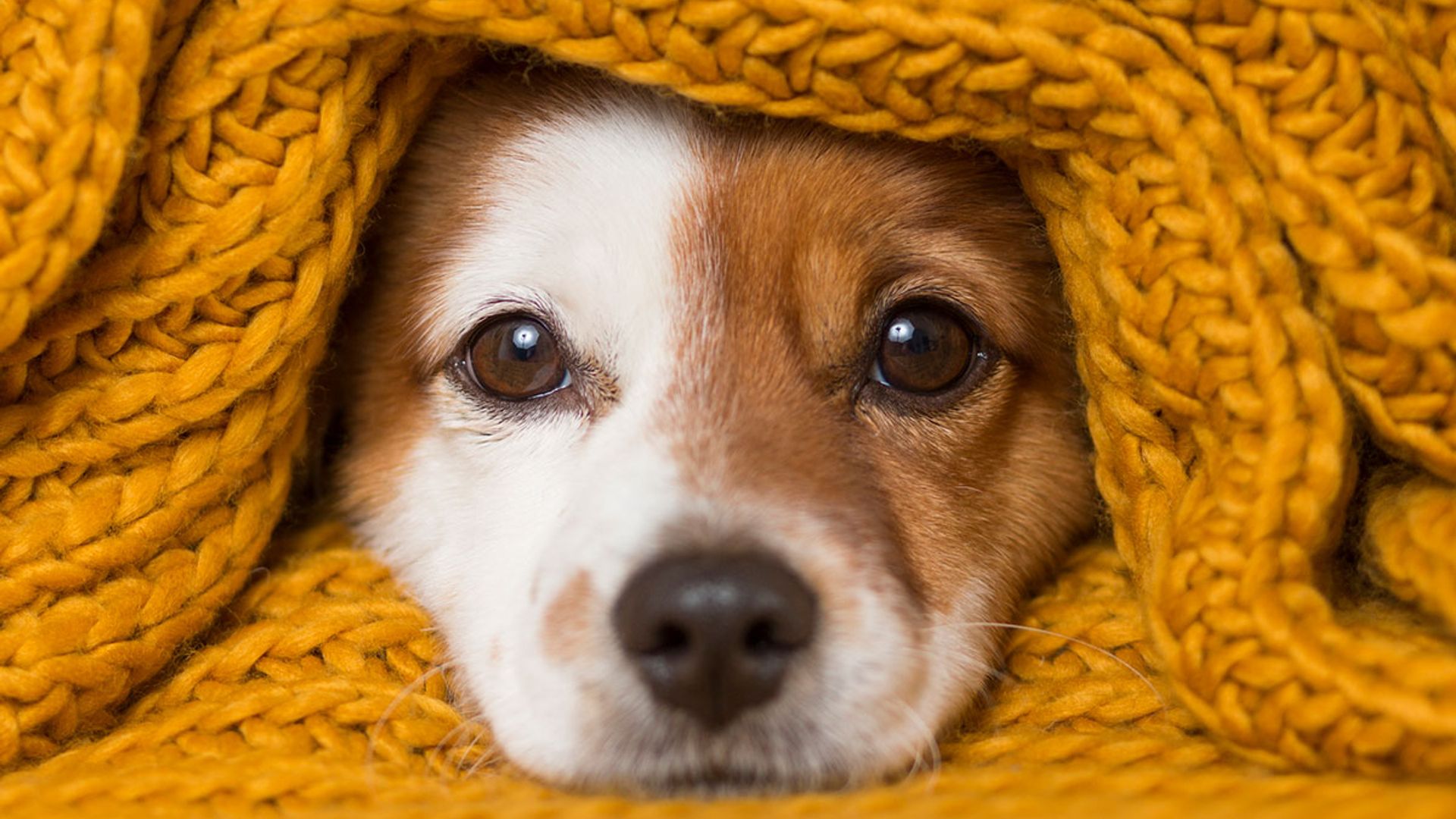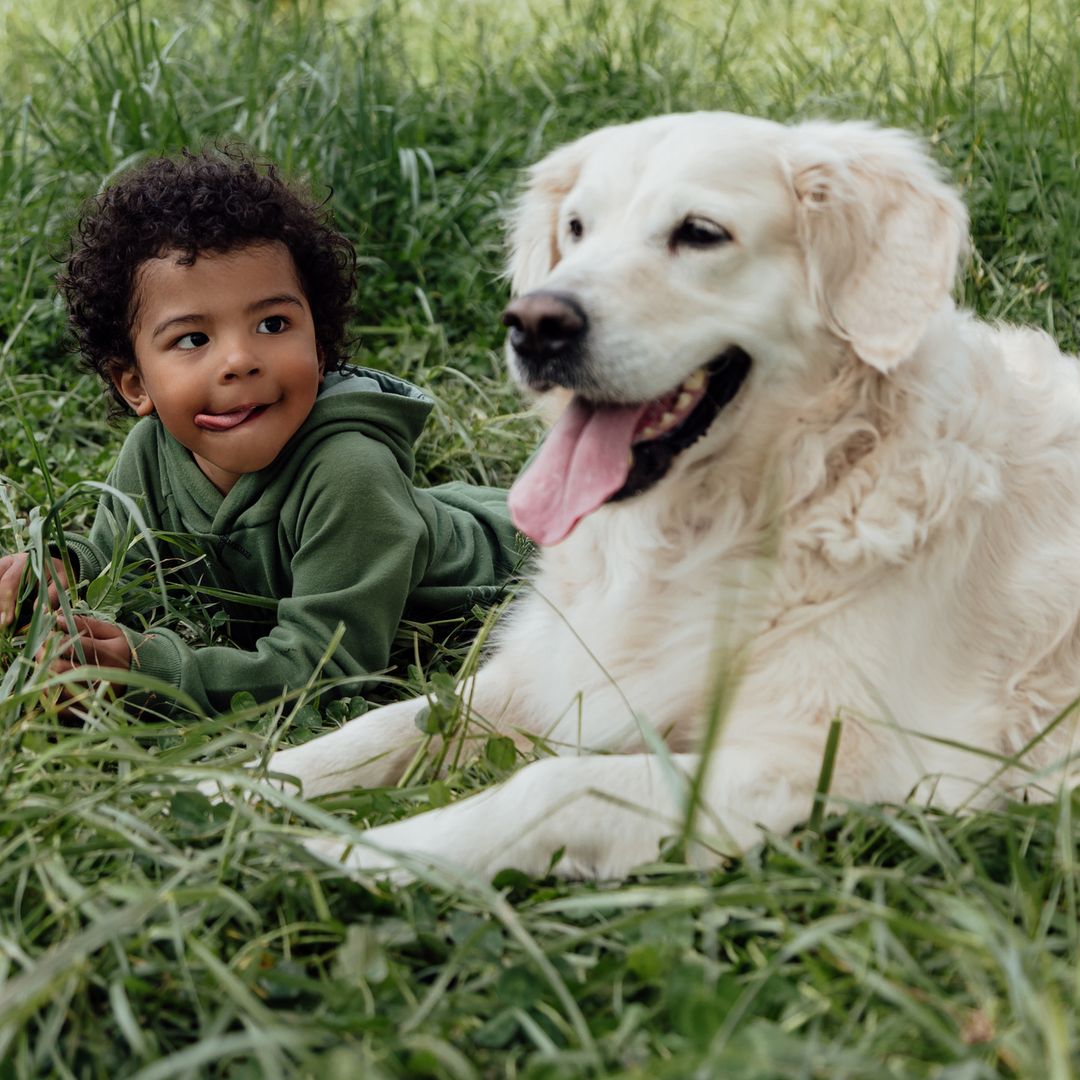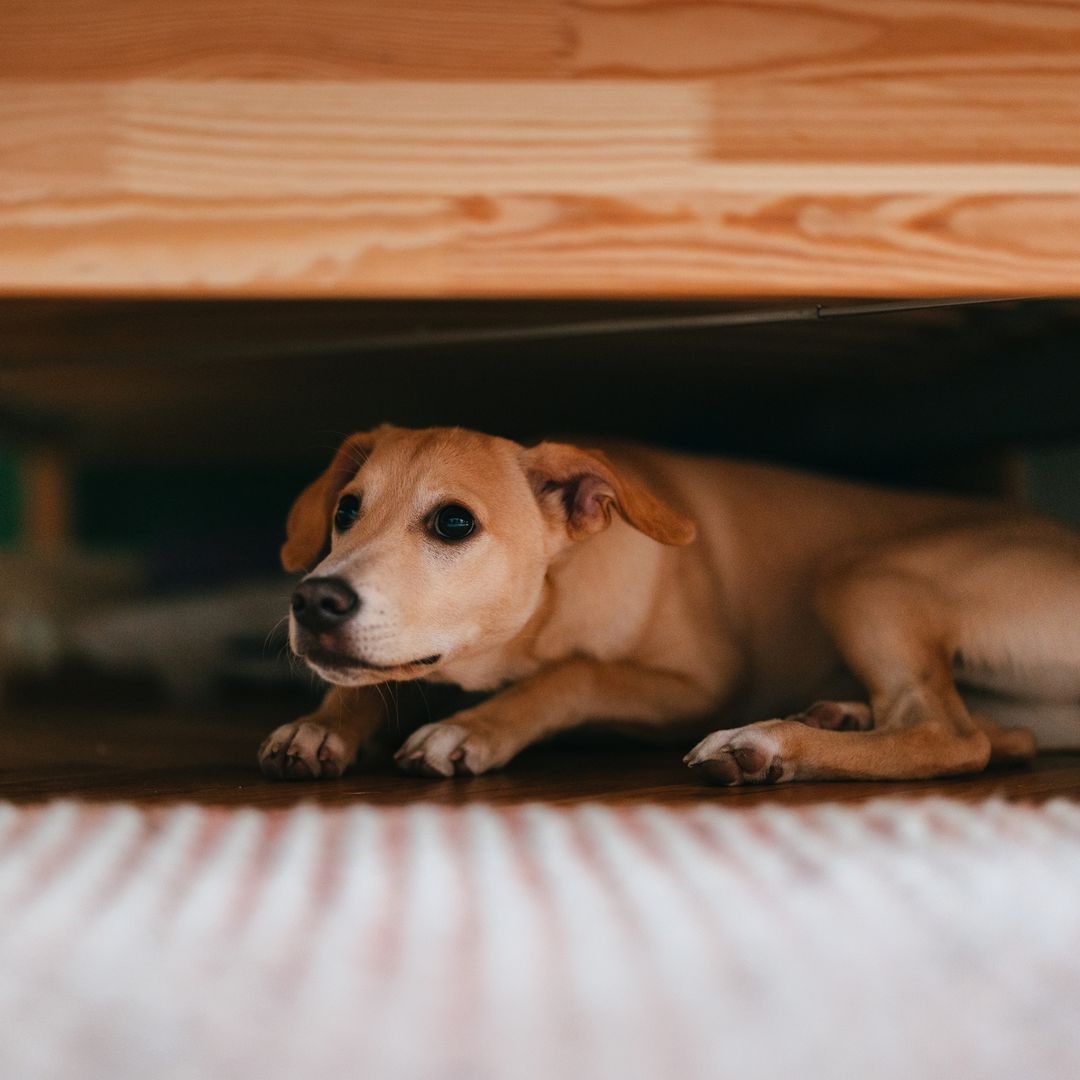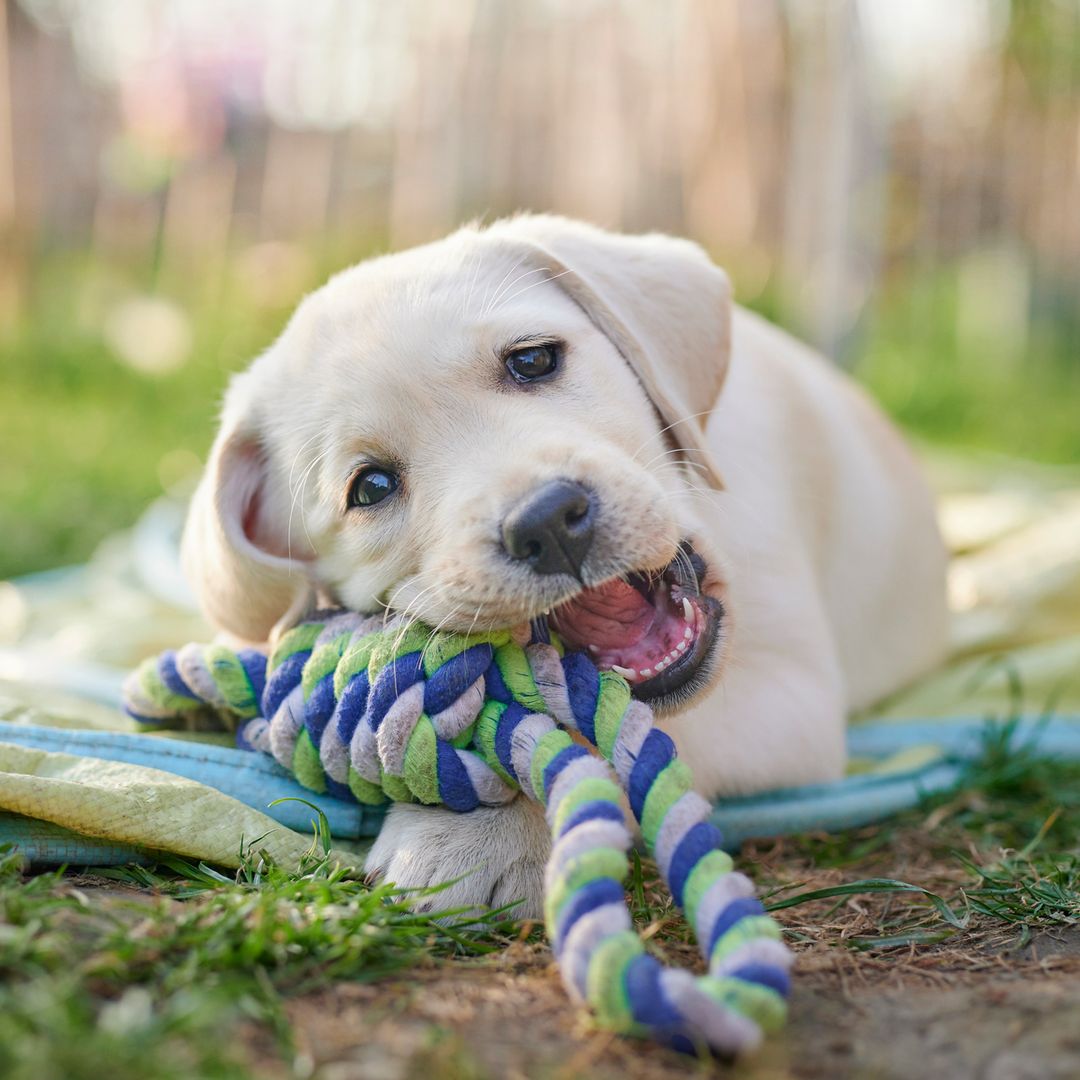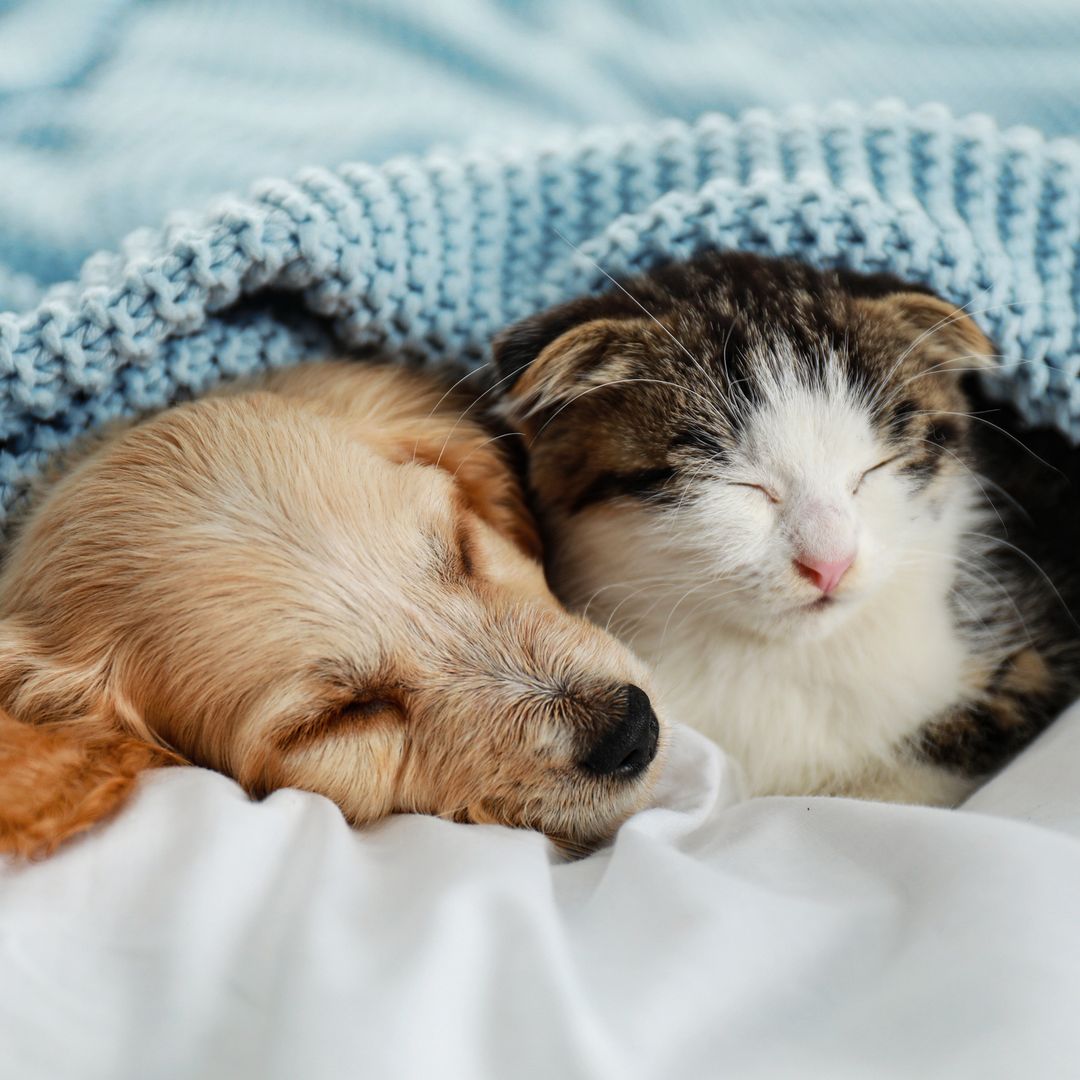When the UK was plunged into lockdown in 2020, millions turned to pets for company and emotional support during months of isolation. By now, you're probably back at work and forced to leave your dog at home for hours on end and feeling guilty about missing out on quality time with your furry friend.
READ: Top 7 dogs to own if you don't have a garden - and not all of them are small!
Introduci9ng a dog into your household is not a decision you should take lightly – it's a long-term commitment. So how can you support your pup if you think they might be suffering with post-lockdown anxiety?
WATCH: Eamonn Holmes snuggles with pet dog during lockdown
Dr Jessica May, UK lead vet at FirstVet told HELLO!: "There is no quick fix when it comes to separation anxiety, so the best way to help your four-legged friend is to help them prepare for any changes as soon as possible."
What are the symptoms of separation anxiety in dogs?
Barking, howling or whining
If your dog is causing a nuisance whenever they are left alone in a room, the likelihood is they are suffering with separation anxiety – especially if they're making a noise when you've left the house.
As you return to work and start to enjoy evening socialising again, try to slowly build your pet's alone time by gradually increasing the windows of time they are left alone.
The demand for pets has skyrocketed during the coronavirus pandemic
"This can start with just a few seconds of leaving them alone in a room by themselves, and slowly increasing this interval until they are comfortable with spending a period of several hours in solitude," said Jessica. Make sure your pet has plenty of fresh water and their favourite toys are accessible to calm them in times of stress.
READ: 10 most popular dog names revealed
Scratching or chewing on furniture
Although you might think this is destructive puppy behaviour, it is also a classic sign that your dog is distressed once they're left alone – especially if this is out of character for your pooch.
Making sure dogs have plenty of time to get outside and exercise before they spend time alone; your dog may be more relaxed once they have used up some of their excess energy.
Dog Chew Toy, £17.74, Amazon
SHOP NOW
Giving your dog an indestructible chew toy can also help curb anxious chewing, giving them something to focus on that isn't the legs of your finest furniture.
Changes in appetite or digestive issues
Whilst we start to enjoy more meals out and less time indoors – our lockdown dogs who get left behind might start to suffer. Just like humans, our beloved pets can to (or away from) food in times of stress. If you've noticed your dog is turning its nose up at dinner time, or constantly begging for treats and attention – this may be the result of anxiety.
Digestive problems can be serious, so it's always best to consult your vet for advice if your pet has a sudden change in appetite.
Excessive licking
Excessive licking is a sign of canine stress which may not immediately seem to be linked to separation anxiety but can be a result of it. If your dog appears to have compulsive behaviours, such as continuous scratching, licking, or biting themselves, this can lead to painful skin irritation.
Stress-reducing pheromone diffusers can help keep anxiety-prone pups calm.
Pet Remedy De-Stress Starter Kit, £21.99, Amazon
SHOP NOW
A natural aromatherapy diffuser like Pet Remedy works with your pooch's own natural calming mechanisms by mimicking GABA (gamma amino butyric acid), which is a natural calming agent present in all mammals, birds, and reptiles.
Trying to escape
Just like humans, dogs get afraid of stressful situations and may try to escape if they feel threatened in a social situation. If your dog is not used to meeting humans or other pups, be sure to ease them slowly into your social soirées – or they might try to run away from you.
SEE: Best pet corners on Instagram pampered pooches will love
HELLO!'s selection is editorial and independently chosen – we only feature items our editors love and approve of. HELLO! may collect a share of sales or other compensation from the links on this page. To find out more visit our FAQ page.
